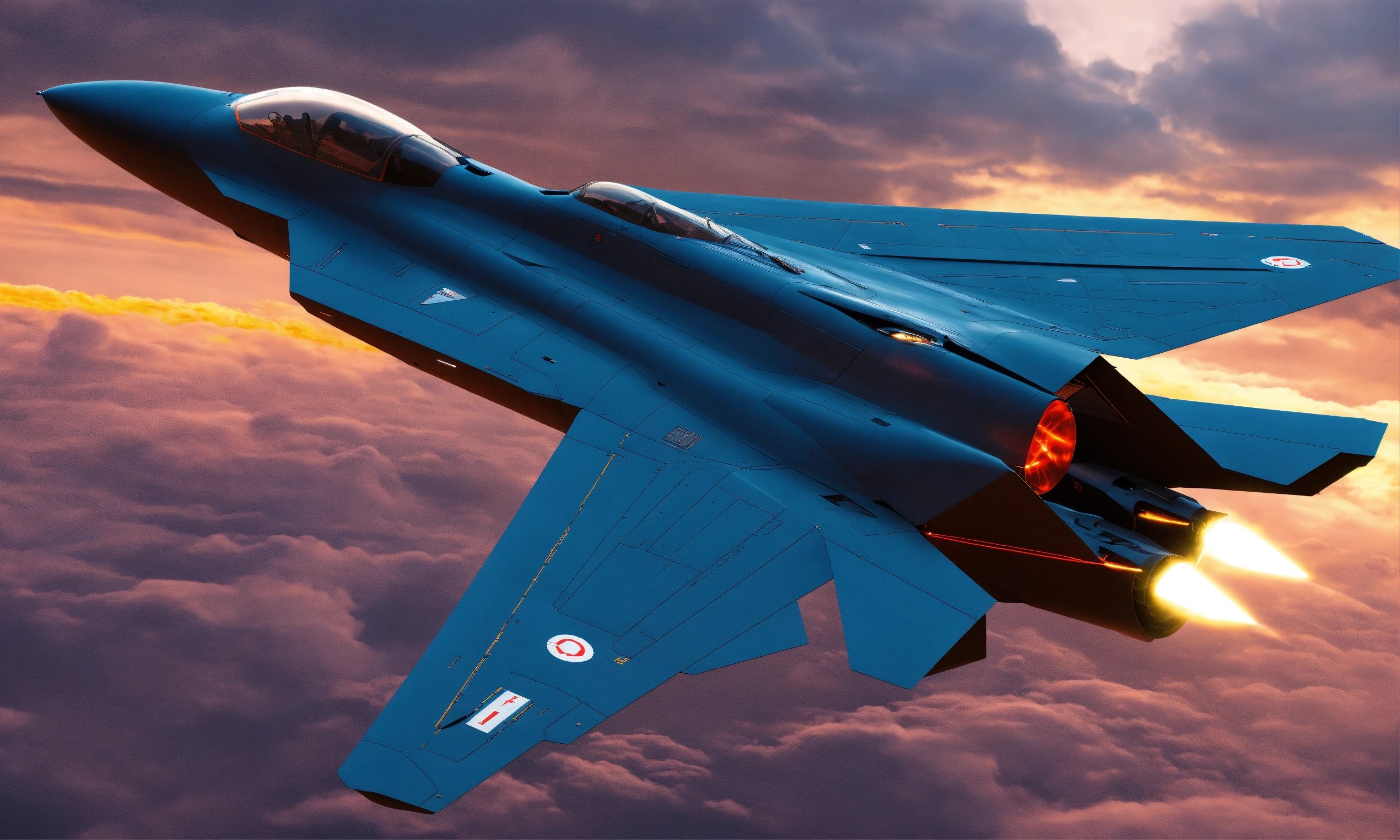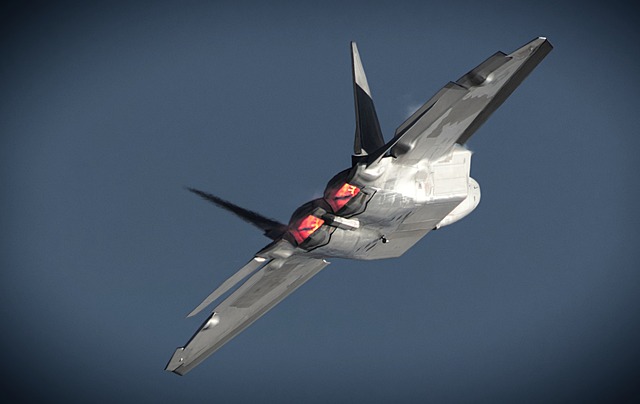How Fast Is Mach 10 Around The World
How Fast Is Mach 10 Around The World and how long it would take to circle the world at this incredible speed? Discover the science behind Mach, explore the challenges and potential of hypersonic flight, and delve into the exciting possibilities it holds for the future.
At Mach 10, which is about 12,636 kilometers per hour (km/h) or 7,857 miles per hour (mph), it would take approximately 3 hours, 11 minutes, and 35 seconds to travel around the world along the equator, which has a circumference of about 40,075 kilometers (24,901 miles).
Mach 10: Unveiling the Hypersonic Realm and Circling the Globe in Record Time
Imagine traversing the globe in a mere five hours, blurring the world into a watercolor painting with your unimaginable speed. This is the realm of Mach 10, a velocity ten times faster than the speed of sound. While still in its developmental stages, hypersonic flight holds immense promise for the future, but how fast is Mach 10 exactly, and how long would it take to circle the world at this breathtaking speed?
Decoding Mach: Understanding the Science Behind the Speed
Before diving into the world of Mach 10, let’s clarify the concept of Mach. It’s not a unit of speed itself, but rather a measurement relative to the speed of sound. This speed varies with factors like temperature and altitude, but at sea level, it’s roughly 760 mph. Therefore:
- Mach 1 equals 760 mph
- Mach 10 translates to ten times the speed of sound – a staggering 7,600 mph (12,250 kilometers per hour)
Mach 10: Circling the Globe in a Hypersonic Flash
Now that we understand the meaning of Mach 10, let’s calculate the travel time for circumnavigating the globe at this incredible speed. The Earth’s circumference at the equator is approximately 24,901 miles (40,075 kilometers). To calculate the travel time:
- Travel Time = Distance / Speed
- Travel Time = 24,901 miles / 7,600 mph
- Travel Time ≈ 3.27 hours
Therefore, theoretically, flying at Mach 10 around the equator would take approximately 3 hours and 16 minutes, an astonishing feat compared to current air travel times.
Beyond Speed: Exploring the Challenges and Potential of Hypersonic Flight
While the potential of Mach 10 flight is exciting, achieving this velocity presents formidable challenges:
- Aerodynamic Heating: Friction at such high speeds creates extreme heat (exceeding 3,000 degrees Fahrenheit), necessitating the development of advanced heat-resistant materials. (https://ntrs.nasa.gov/api/citations/19640013352/downloads/19640013352.pdf)
- Engine Technology: Current jet engines struggle at Mach 10 speeds. Scramjets offer a potential solution, but further research and refinement are needed. (https://www.grc.nasa.gov/www/k-12/airplane/scramjet.html)
- G-Forces: The immense acceleration required to reach Mach 10 would exert tremendous G-forces, exceeding human tolerance for manned flight in current designs. (https://www.spaceanswers.com/space-exploration/what-g-force-do-astronauts-experience-during-a-rocket-launch/)
FAQs: How Fast Is Mach 10 Around The World
Here are some of the most common questions regarding Mach 10:
- Can passenger jets ever reach Mach 10? With current technology, it’s highly unlikely. However, advancements in materials, engine technology, and G-force mitigation strategies might open doors for future possibilities.
- What are the potential applications of Mach 10 flight? While passenger travel remains a distant prospect, hypersonic technology holds several possibilities beyond the military:
- Point-to-point transportation: This could significantly reduce travel times for critical cargo or personnel, having applications in emergency response, high-value cargo transport, or even future space travel.
- Scientific research: Hypersonic vehicles could be used to study atmospheric phenomena at high altitudes and potentially even explore other celestial bodies more efficiently, opening doors to new scientific discoveries.
Conclusion: How Fast Is Mach 10 Around The World
Mach 10 represents the cutting edge of aerospace technology, pushing the boundaries of what’s possible. While significant challenges remain, ongoing research and development hold immense promise for the future of hypersonic flight. As we continue to explore and innovate, Mach 10 might not just be a number; it could become a gateway to a new era of transportation, scientific exploration, and even redefine our understanding of human ingenuity.
Authentic Resources:
- National Aeronautics and Space Administration (NASA): https://www.nasa.gov/
- Council on Foreign Relations: https://www.cfr.org/
- The New York Times: https://www.nytimes.com/
- The Washington Post: https://www.washingtonpost.com/
Additional Resources:
- NASA: X-43A Hyper-X: https://www.nasa.gov/reference/x-43a/
- GRC NASA: Scramjet Technology: https://www.grc.nasa.gov/www/k-12/airplane/scramjet.html
- Space Answers: G-Force During Rocket Launch: https://www.spaceanswers.com/space-exploration/what-g-force-do-astronauts-experience-during-a-rocket-launch/




